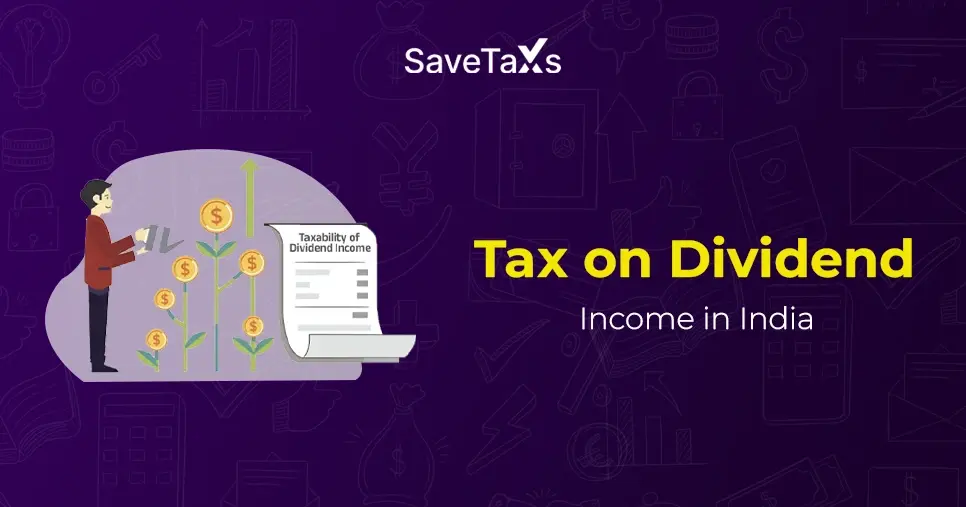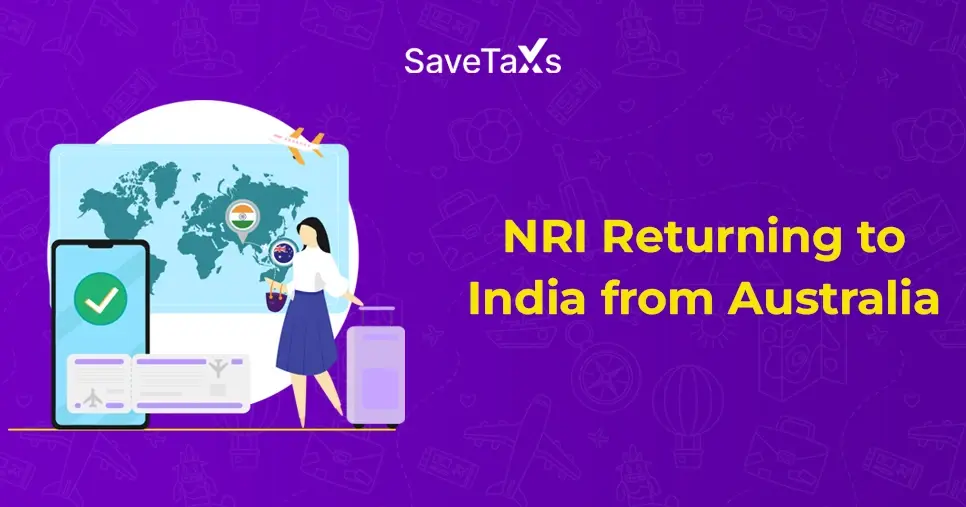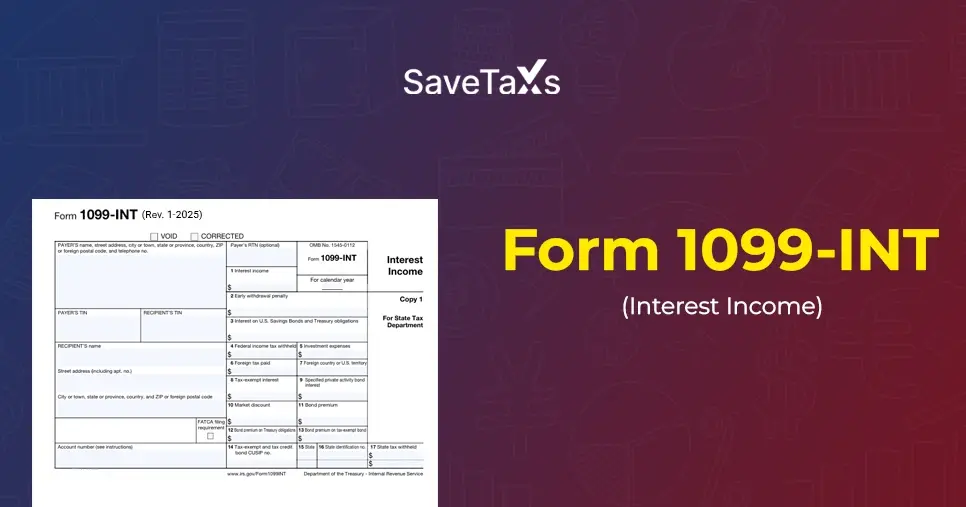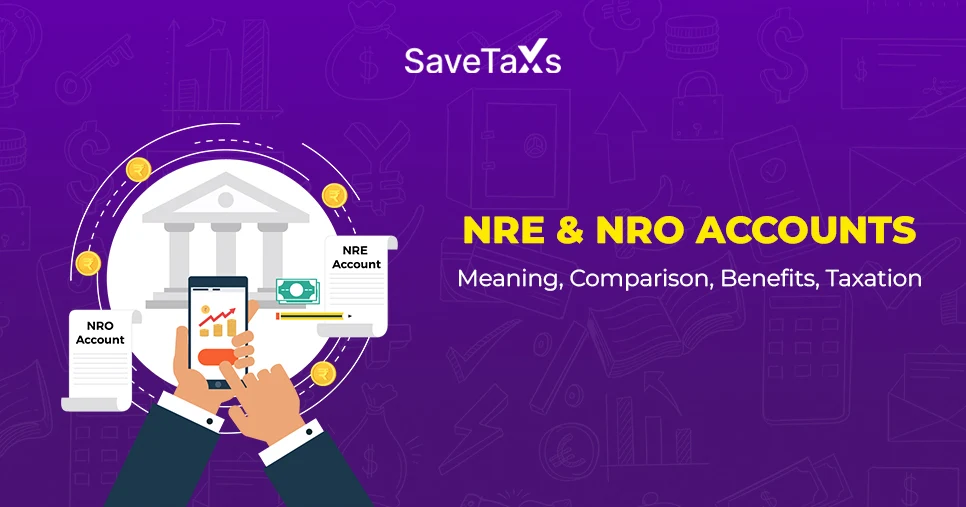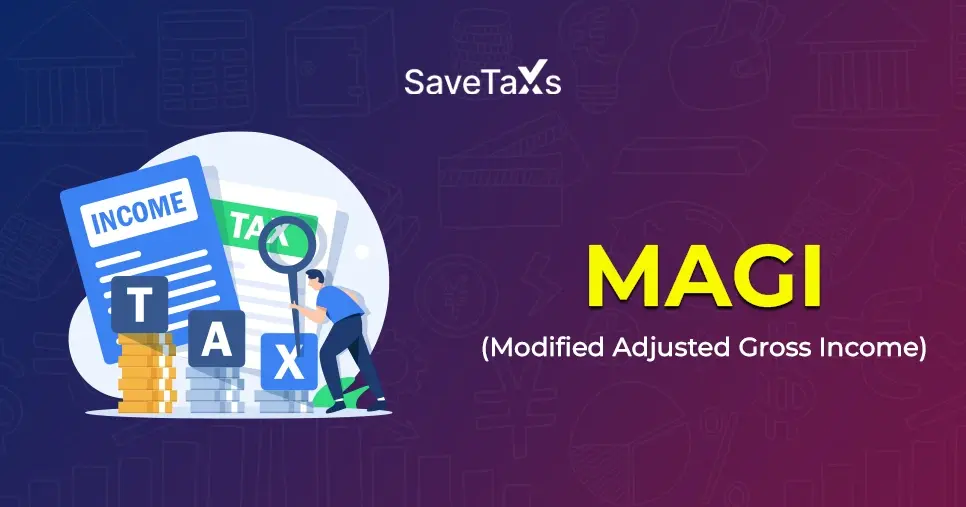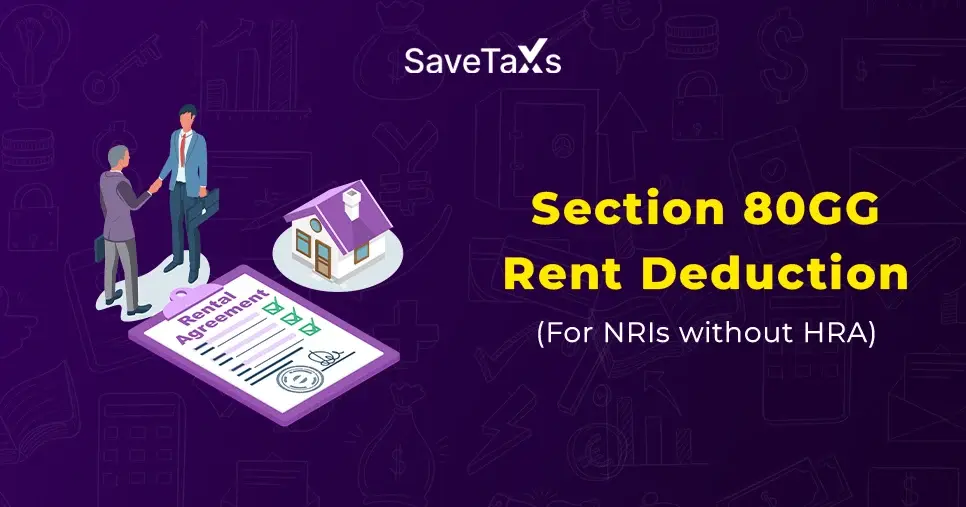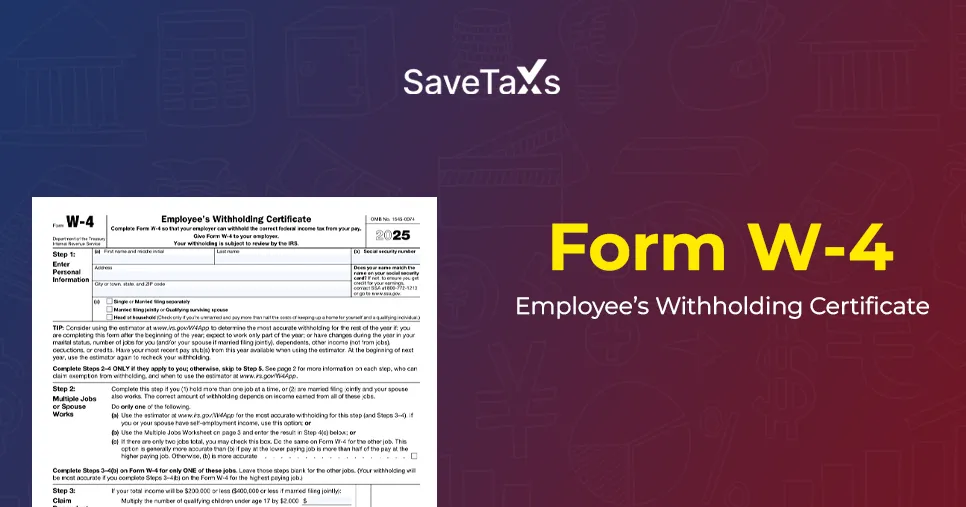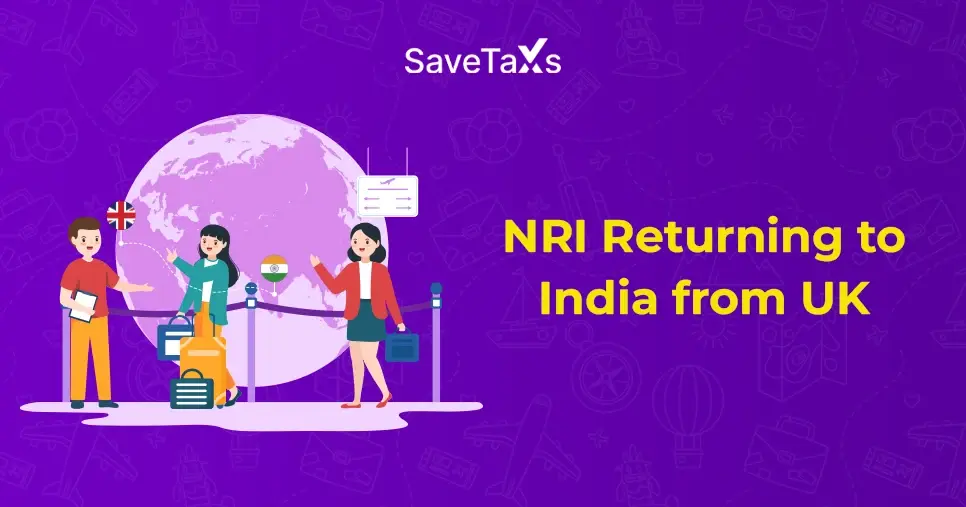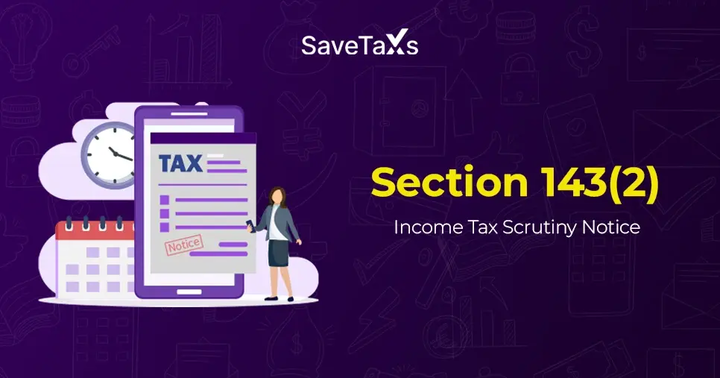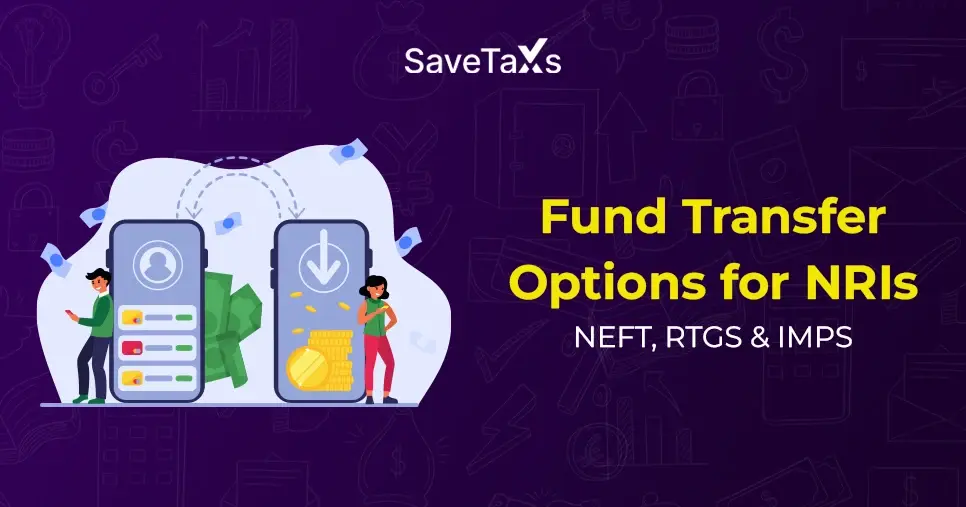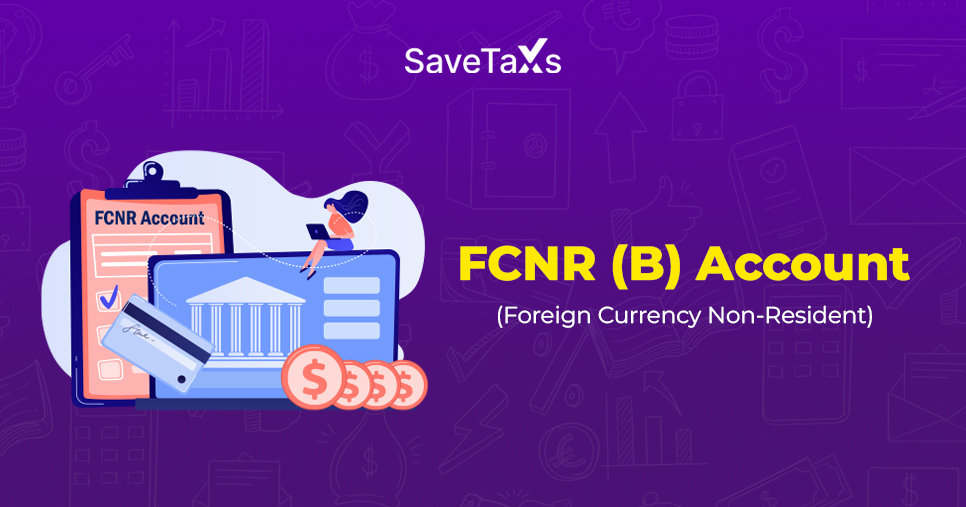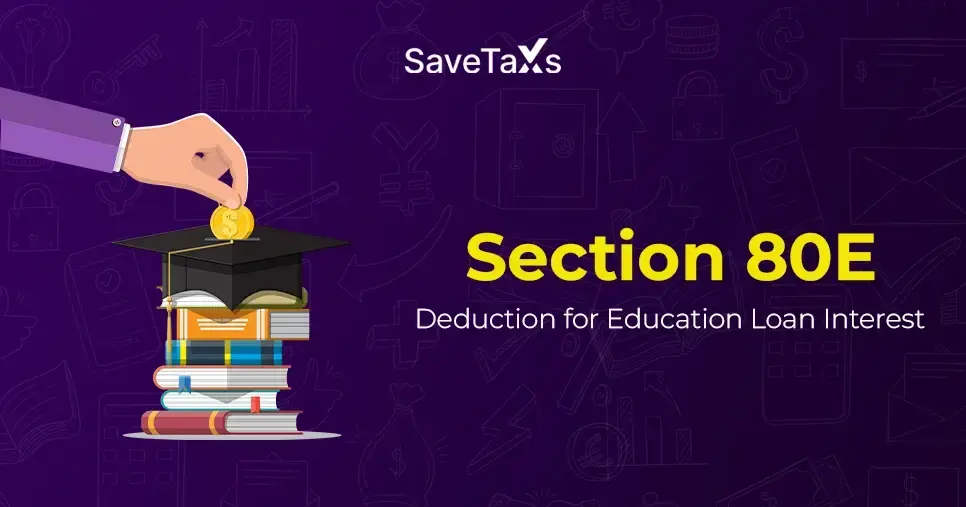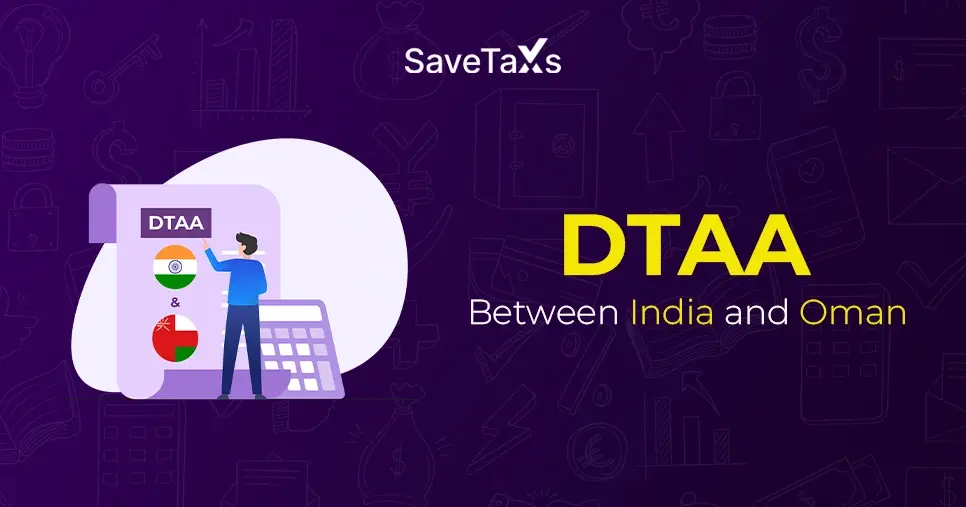The TRC is an official document issued by the IRS (Internal Revenue Service), referred to as Form 6166 in the United States. The certificate is used to certify that an individual or an entity is a resident of the US for tax purposes
This certificate is non-negotiable as it allows taxpayers to claim benefits under a DTAA between the U.S. and India (or other nation). Keep reading to learn more about a Tax Residency Certificate in the United States.
Key Takeaways
- The U.S. Tax Residency Certificate is an official document issued by the IRS (Internal Revenue Service). It certifies that you or your company is a US resident.
- TRC offers several benefits to the NRIs, including reduced tax withholding, claiming DTAA benefits, avoiding double taxation, etc.
- Not having TRC will attract higher tax rates, miss out on tax savings, and cause difficulties in claiming DTAA benefits.
- The certificate is valid for only one financial year, meaning it must be renewed annually.
What is a Tax Residency Certificate?
The U.S. Tax Residency Certificate (Form 6196) is an official document issued by the IRS. The document certifies that you or your company is a resident of the US for income tax purposes
When claiming the tax treaty benefits, the TRC will serve as documented evidence for foreign tax authorities. An NRI who is seeking to lower their taxability and avail the benefit of the DTAA provision must obtain a TRC
Why NRIs in the USA Need a TRC?
A TRC for NRIs is crucial who wish to claim the benefits of the DTAA treaty. Here are the reasons why an NRI in the USA needs a tax residency certificate:

- Reduced Tax Withholding: The tax authorities need a TRC to apply lower withholding rates or to provide exemptions. It may also be required for making investments in India or to claim lower TDS deductions.
- Claim DTAA Benefits: The TRC confirms your residency in the US, allowing you to claim exemptions or credits under the DTAA.
- Prevent Double Taxation: You can reduce your tax liability by preventing paying taxes on the same income in both India and the USA.
- Proof of Residency: The document serves as official proof of tax residency, which may be required to make financial transactions.
If you don't have a TRC, you might attract higher tax rates, miss out on significant tax savings, and also lose the opportunity to plan NRI taxation effectively.
You need to fulfill some eligibility requirements to apply for a TRC in the USA. Here are the eligibility criteria for an individual and an entity:
Eligibility Criteria for an Individual
You may qualify if you are:
- a U.S. citizen or a green card holder
- fulfill the substantial presence test
- are not claiming tax residency in another nation
- have filed a U.S. federal income tax return for the relevant year.
Eligibility Criteria for an Entity
U.S. entities must:
- be legally organized under U.S. federal or state law.
- not be a disregarded entity unless applying on behalf of its owner.
- have filed the appropriate federal tax returns (e.g, Form 1120, 1065).
Some Ineligibility Situations
There are situations when you might not be eligible to apply for a TRC, such as:
- If you didn't file a federal tax return for the relevant year.
- Your entity is based in foreign or disregarded without the proper owner-level documentation
- Considered a dual resident and didn't settle your status through a tax treaty tie-breaker rule.
What are the Documents Required for a TRC Application?
You need to provide some documents to obtain a TRC to verify your identity, confirm your residency for eligibility, and ensure compliance with the legal and tax regulations. Here are the documents you need to submit:
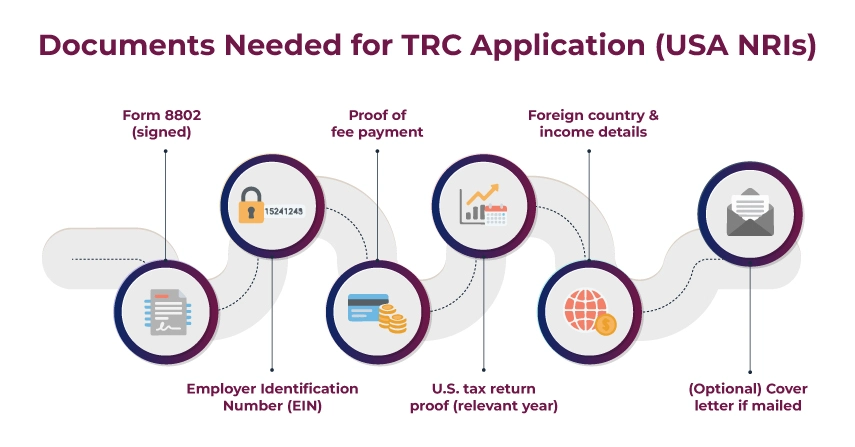
- Completed and signed Form 8802
- Employer Identification Number (EIN)
- Proof of application fee payment
- If you are submitting by mail, an optional cover letter.
- Evidence of the U.S. tax return filing for the relevant year
- The foreign country's details and income type for the treaty benefit
What is the Step-by-Step Process to Obtain a TRC from the IRS?
Follow these steps to apply for TRC from the IRS in the United States:
- Confirm Eligibility: Ensure that your business is a US tax resident that has filed the required federal income tax returns for the relevant year. Also, disregarded entities are required to apply through their owner.
- File Form 8802: Download and fill out Form 8802 from the official IRS website. It will be titled as an application for United States residency certification. You need to fill out the name of your entity, EIN, tax year, income type, etc. After completing the form, submit it to the IRS to request a residency certificate.
- Pay the Application Fee: The IRS levies an application fee of $85 for individuals and $185 for corporations. You must pay the fees to the U.S. Treasury using a check, money order, or online payment if filing electronically.
- Submit the Form: You can either submit the form online using the IRS's online system, which is ideal for faster processing, or mail the filled-out Form 8802 to the IRS address mentioned in the instructions on the form.
- Add Supporting Documents: Include your recent US tax return, marked as "Do not process," to support your application.
- Wait for Processing: Generally, the IRS will take about 6 to 8 weeks to process the request. If you require the certificate for a particular deadline or transaction, ensure to apply in advance.
- Receive Form 6166 (TRC): If your application gets approved, the IRS will issue Form 6166. Once you get the certificate, you can submit it to the relevant foreign tax authority to avail of your tax treaty benefits. Additionally, you can use the form as your official tax residency certificate.
Timelines for NRIs
- Try to apply at least 45 days before the day you need the TRC.
- You can submit applications for a new calendar year after December 1 of the previous year.
What is an Example of Claiming Relief Using TRC?
Let's understand how to use a TRC to claim the benefits of DTAA with an example of Suresh.
Suresh is an NRI who resides in the US and earns Rs. 10,00,000 in India through investments. Generally, NRIs are taxed at 30% in India, which would be Rs. 3,00,000. Now, since his global income is taxable in the US, which includes his Indian income, also.
So, he will obtain a TRC to claim the benefits of the DTAA to avail reduced tax rates and pay less taxes. Under the India-US DTAA, his interest or investment may be taxed at a lower rate of 10% instead of 30%.
He will obtain a TRC from the US tax authorities to prove his tax residency in the U.S. After that, he will submit the TRC along with Form 10F with his Indian ITR (Income Tax Return) to claim the DTAA benefits. In short,
- If he pays tax without a TRC, the amount will be Rs. 3,00,000.
- If he pays tax with a TRC as per the DTAA rate, the amount will be Rs. 1,00,000.
- He will save Rs. 2,00,000 on tax.
Submitting a TRC will ensure that Suresh pays reduced tax in India legally and avoids double taxation on the same income.
Validity and Renewal of a TRC
A TRC (Tax Residency Certificate) is usually valid for one financial year only and must be renewed every year. For example, if you apply for a TRC in 2025 and request a certificate for 2024, then it will remain valid for the entire 2024.
You will have to file Form 8802 every year because Form 6166 is only valid for one year. This will ensure that you keep getting uninterrupted benefits, particularly if you keep receiving foreign income annually.
What are the Common Challenges Faced by NRIs While Obtaining in TRC in the USA?
Applying for Form 6166 is straightforward and not difficult. However, an NRI might face some common pitfalls while obtaining a TRC, including:
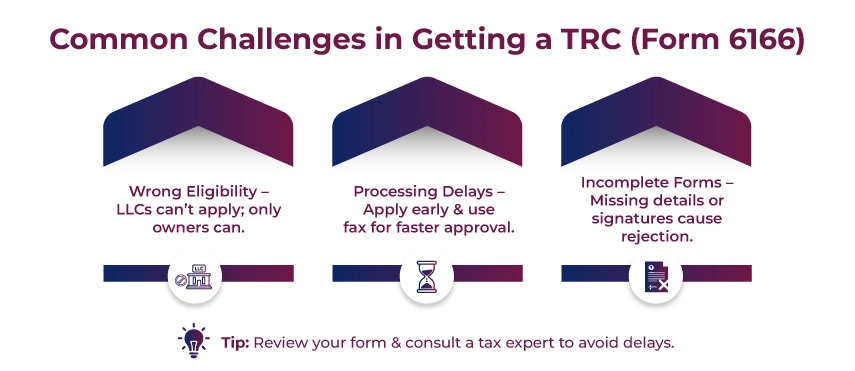
Not Determining Eligibility
A lot of LLCs apply for a TRC mistakenly without understanding that disregarded entities are not allowed to apply directly. Instead, their owner is required to do the same.
How to Avoid:
If you are not sure about your eligibility, you must consult a qualified tax advisor to stay compliant.
Processing Time Delays
Some factors may affect the processing time of your TRC application, including:
- Applying too early to the year-end
- Not being able to specify the foreign country
- Opting to mail instead of faxing during the peak IRS seasons.
How to Avoid: Try to apply early in the year to avoid delays and use fax in case you need the certificate on a specific deadline, and speed is essential.
Incomplete Applications
Missing signatures or sections, not attaching a tax return, can lead to delays or even application rejection.
How to Avoid: Always ensure to cross-check your application before submitting it further.
The Bottom Line
A TRC is essential for an NRI to lower tax liability and prevent double taxation. Understanding the eligibility criteria, application process, and renewal needs can ensure that NRIs comply with Indian and international tax laws. Form 6166 serves as a passport to international tax savings.
Furthermore, if you are unaware of the TRC requirements and need guidance on NRI taxation, consult the experts at Savetaxs. We have a team of professionals with years of experience in this field, who can help you reduce your tax liability and ensure full compliance
By now, we are serving thousands of clients across the USA, UAE, UK, Australia, and more. So, contact us right away as we are working 24*7 across all time zones to assist NRIs with their financial planning and tax obligations
**Note: This guide is for informational purposes only. The views expressed in this guide are personal and do not constitute the views of Savetaxs. Savetaxs or the author will not be responsible for any direct or indirect loss incurred by the reader for taking any decision based on the information or the contents. It is advisable to consult either a CA, CS, CPA, or a professional tax expert from the Savetaxs team, as they are familiar with the current regulations and help you make accurate decisions and maintain accuracy throughout the whole process.
 India
India
 USA
Tax Consultancy Services
USA
Tax Consultancy Services-in-the-USA_1762862398.webp)




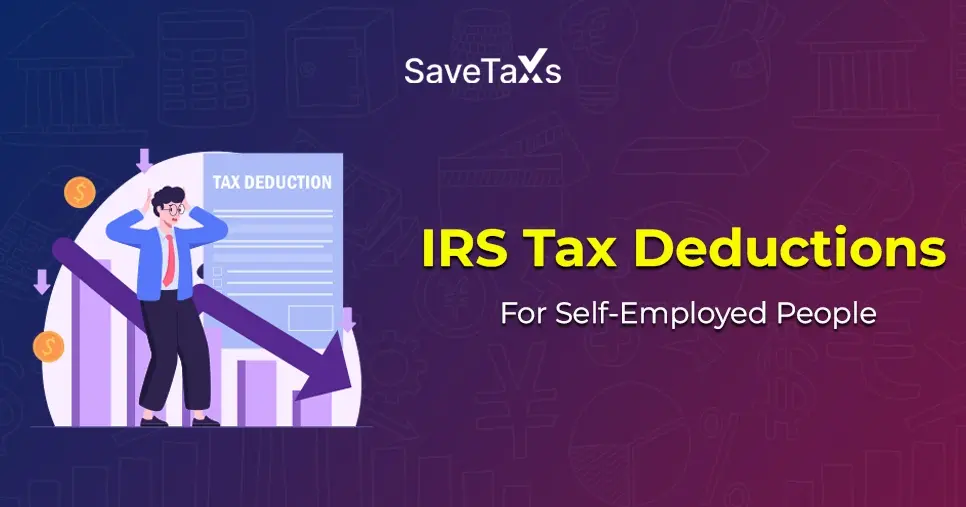
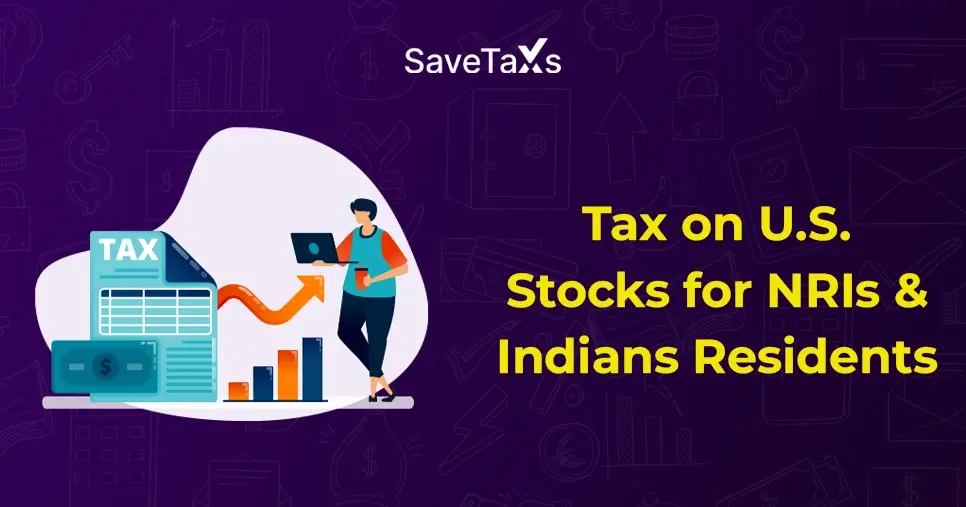

_1754392689.webp)
